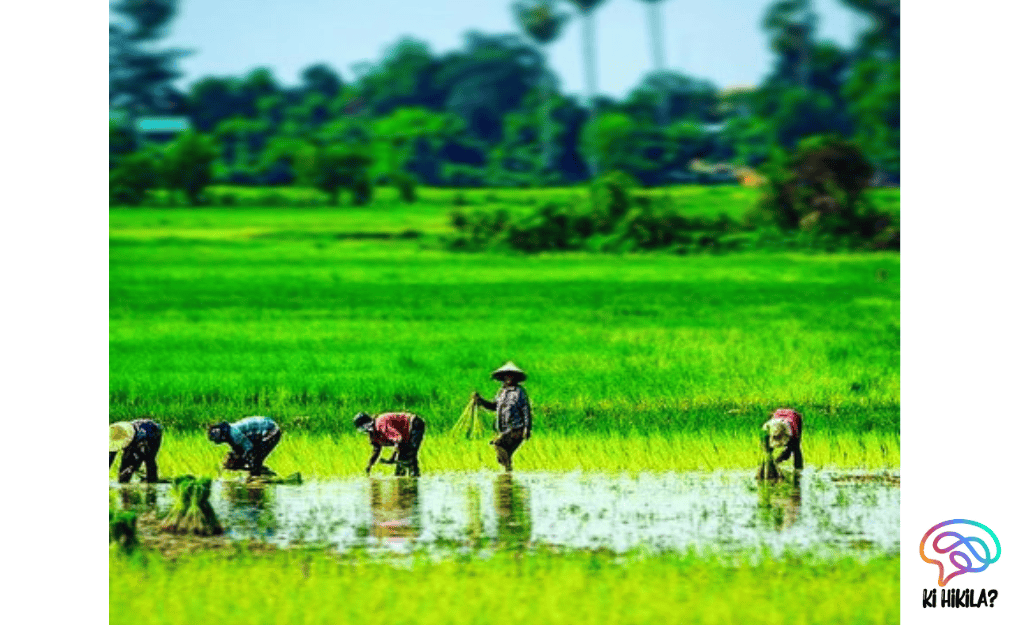India Wetlands Conservation efforts gained historic international recognition as a resolution spearheaded by India on promoting sustainable lifestyles for wetlands was formally adopted at the 15th Ramsar Conference of Parties (CoP15) held in Victoria Falls, Zimbabwe. The resolution, which was strongly backed by 172 contracting parties and multiple international organisations, highlights the powerful role of individual and community-level choices in preserving wetlands and advancing a planet-friendly way of life.
Background and Significance of the Resolution
The resolution reflects the core values of India’s Mission LiFE (Lifestyle for Environment) — a global initiative introduced by Prime Minister Narendra Modi at the UN Climate Change Conference (CoP26) in 2021. Mission LiFE focuses on nudging individuals and communities toward environmentally conscious habits and responsible resource use.
By associating India Wetlands Conservation with sustainable lifestyles, the resolution emphasizes how everyday human behaviour directly affects ecosystems. Wetlands — essential for biodiversity, climate regulation, and water purification — are especially vulnerable to unsustainable consumption and pollution. Thus, aligning lifestyles with environmental stewardship becomes a critical strategy.
Key Provisions of the Wetlands Resolution
The resolution encourages member states to embed sustainable lifestyle practices in their wetland management plans and policy investments. Its core provisions include:
- Resource conservation and waste minimisation as lifestyle habits
- Promoting voluntary behavioural changes to reduce ecological footprints
- Integrating equity and intergenerational justice into wetlands-related decision-making
- Building resilience through community involvement
The resolution underscores that wetland degradation is not just a policy issue, but one rooted in unsustainable living patterns. Addressing this requires wide-reaching behaviour change.
Whole-of-Society Approach for Impactful Conservation
One of the most powerful aspects of the resolution is its endorsement of a ‘whole-of-society’ approach. India Wetlands Conservation, under this framework, is no longer the exclusive responsibility of governments or environmentalists. Instead, it calls for:
- Individual and household actions like reducing plastic use and saving water
- Community-led conservation including local wetland clean-ups
- Corporate partnerships that value environmental responsibility
- Educational institutions integrating wetland awareness in curricula
Empowering citizens with knowledge and tools to make informed decisions is central to this approach. Awareness campaigns, training programs, and school-based initiatives are pivotal to achieving these goals.
Alignment with Global Sustainability Frameworks
India’s proposal aligns seamlessly with global environmental priorities. It echoes past Ramsar decisions such as:
- Resolution XIV.8 on Communication, Education, Participation, and Awareness (CEPA)
- The 10-Year Framework of Programmes on Sustainable Consumption and Production
- The UN Environment Assembly (UNEA) Resolution 6/8 on sustainable lifestyles (2024)
Such alignment strengthens the global call for lifestyle transformation and highlights India’s leadership in sustainability discourse.
National Initiatives in India Supporting Wetlands Conservation
India has already taken concrete steps to operationalise the vision behind the resolution. Key initiatives include:
- Mission Sahbhagita – A participatory conservation campaign engaging stakeholders at all levels
- Save Wetlands Campaign – Mobilised over 2 million volunteers across the country
- Mapping and documentation of 170,000+ wetlands, with over 120,000 wetlands demarcated with physical boundaries
These achievements signal India’s commitment to a bottom-up, citizen-driven model of environmental conservation.
Understanding Sustainable Lifestyles in Wetlands Conservation
Sustainable lifestyles go beyond environmentalism — they are about equity, well-being, and responsible progress. These lifestyles focus on:
- Reducing waste and emissions
- Consuming consciously — from food to clothing to transportation
- Prioritising community-based solutions for conservation challenges
Such changes are pivotal for fragile wetland ecosystems, which face threats like encroachment, pollution, and unregulated tourism.
Conclusion: A Blueprint for the Planet
India Wetlands Conservation has now taken a prominent global dimension with the Ramsar CoP15 resolution. This is not just a diplomatic win, but a visionary policy shift that recognises citizen action and sustainable living as powerful tools in ecosystem preservation. As nations move toward implementing the resolution, India sets an inspiring example of how grassroots participation, government action, and international collaboration can shape a more resilient, wetland-friendly future.



